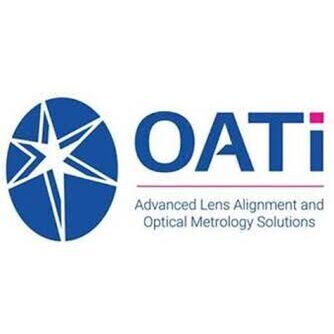
|
Download Members: $0.00 Non‑Members: $75.00 |
Buy Now |
Publication Details
| Published Date: | |
|---|---|
| Authors: | Steven D. Hand, William F. Atwater, Michael J. Hardin, Eric W. Edwards, Ghassan Chamsine |
| Company: | CMSC |
| Print Format: | Technical Paper |
| Citation: | Steven D. Hand, William F. Atwater, Michael J. Hardin, Eric W. Edwards, Ghassan Chamsine, "The Measurement and Modeling of a World War I Mark IV Female Tank Using Coherent Laser Radar and CCD Camera/Line Scanning Systems," The Journal of the CMSC, Vol. 2, |
Abstract
The process of measuring, documenting, and reproducing the dimensional aspects of antiquities in an outside environment requires an intricate set of protocols. This paper details some of those protocols as demonstrated in the recent scanning of an historic British Mark IV World War I tank using state-of-the-art metrology systems, including coherent laser radar (CLR) and charge-coupled device (CCD) camera/line scanner technologies. The effort was part of project to help document, preserve, and restore the weather-damaged vehicle. Originally named Britannia, the Mark IV saw heavy combat (and success) in the Battle of Arras, France, on the Western Front. The tank and its crew were then sent to the United States to support war bond rallies where it was renamed Liberty in appreciation of U.S. participation. Finally, in 1919, the tank became a cornerstone attraction at the Army's newly established U.S. Army Ordnance Museum at Aberdeen Proving Ground, Maryland, where is has been on outdoor display for nearly 90 years. Today, the vehicle is scheduled to be moved from its location to a nearby refurbishment facility. However, issues regarding the tank’s structural condition and its ability to withstand the move are of great concern to museum officials and other military historians. Thus, it was critical that the vehicle's dimensional attributes be fully documented to assess its level of deterioration, to mitigate further damage during the planned move, and to provide an accurate dimensional record during restoration. This writing details the planning, preparation, scanning, and data processing of the images for this national treasure.





